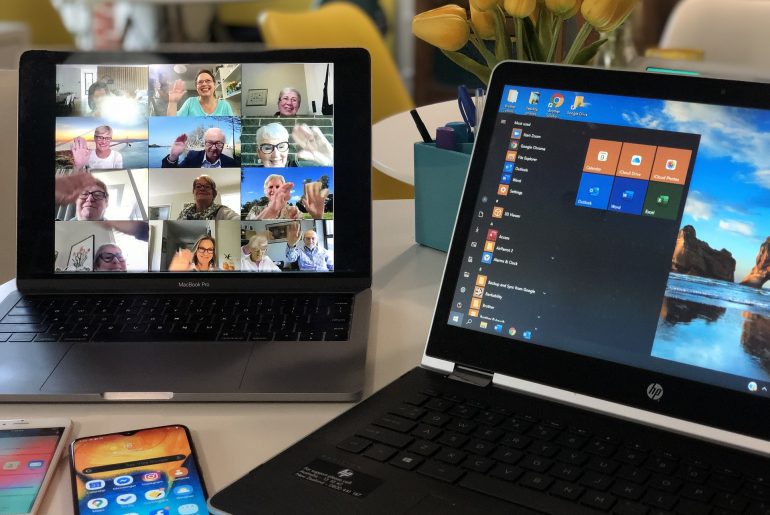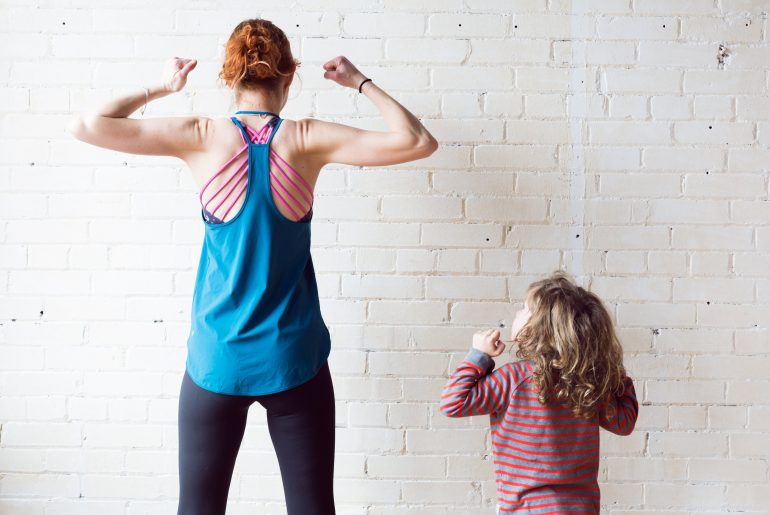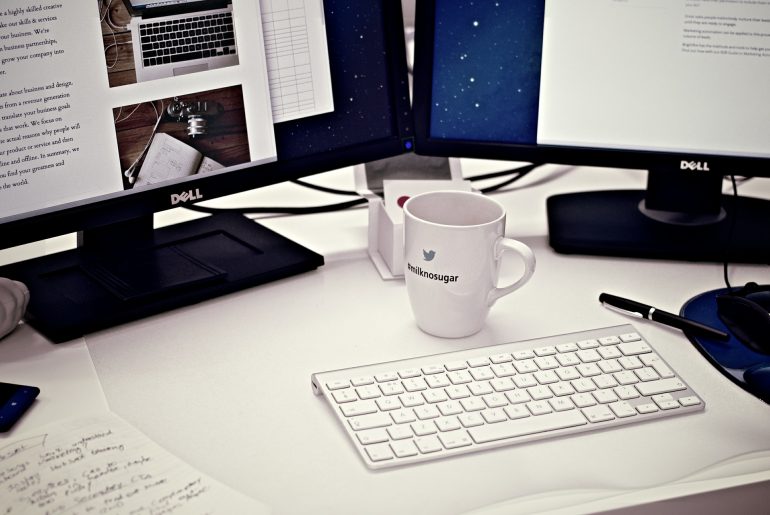Social support involves having a network of friends, family and peers that you can turn to in times of need. Psychologists and other mental health professionals often talk about the importance of having a strong social support network. Why is having social support particularly relevant during social isolation? In the time of COVID-19 pandemic, you may have felt more irritated, lonely, or more easily affected by stressful situations. These experiences may be a trigger to reach out and connect with others. While some people have taken the lockdown time as a chance to reengage with hobbies, or home or garden projects, others may be busier than ever due to the changes induced by the lockdown. Regardless of whether you are enjoying some more free time, or adding another ball or two to your day-to-day juggle, feelings of loneliness, anxiety and isolation can arise from social-distancing requirements. This is because of the distress people experience when their social relations are not the way they would like. Poor social support has been linked to depression and loneliness has been shown to increase the risk of depression, alcohol consumption, cardiovascular disease and other physical ailments. Research has also demonstrated the link between social relationships…
Tips for running Health and Well-being programs with a remote working team
COVID-19 has upended business operations on a global scale and has forced many workplaces to rapidly transition to staff working remotely. However, with organisations adapting to change and staff experiencing the benefits of working from home, it may be the case that the shift towards telecommuting is here to stay. While the focus of organisations has been on ensuring the safety of their employees at this time, employee well-being is also becoming an area of greater significance. According to the Center for Disease Control (CDC), well-being is “the ability for individuals to address normal stresses, work productively, and realize their highest potential.” A wellness program should be designed to support the overall health and well-being of employees, while aiming to meet the specific needs of each individual employee. If you and your team are new to working from home, navigating this change on its own can be challenging. While your organisation may already have a wellness program or initiative in place, being able to adapt the program and make it relevant and engaging for staff working remotely can come with its own set of challenges. So how do you set you and your team up for success when it comes…
![]()
Virtual Workouts You Can Do From Home
With social distancing regulations in place and gyms forced to close you are likely finding yourself adjusting to life indoors. But just because you may not be able to do your usual forms of exercise, it doesn’t mean you should stop altogether. Exercise not only has multiple benefits to your physical health but it is also a great stress- reliever. Continuing to maintain some sort of a routine is so important in times likes these where we can feel more stress than usual. We’ve put together a selection of online exercise platforms with on demand fitness content who provide free access to workouts you can do at home that cover a whole range of exercise styles. You can access the content via a smartphone app, YouTube or live streams on social media and you don’t necessarily need any equipment. All you need to do is find a space and get started. The best thing is no one is watching! Just as you schedule your diary to organise your workload and meetings, you should find time to exercise. Treat exercise with the same priority as a phone call with a client. Blocking out time away from your desk means that you…
It is a marathon – not a sprint: perspectives from quarantine
This personal post is written by guest blogger Meg Grealy – who speaks of her experience of returning from overseas and into quarantine. Had you asked me in January, or even the beginning of March, what my April days were looking like they would sound achievable, nothing too extreme, just the routine of a twenty-something who had just moved to the UK on a working visa. I would have said a morning run (so I could make it across the finish line of the 10k I’d signed up to run on May 3rd) a 3-day work week, and an exploratory beer in various pubs across my new city. In hindsight, the only thing I managed to get right is the daily run (although it’s purpose is now to harness endorphins for the day). And yet the daily run is maybe the only thing that has kept me sane and allowed me to stay present in a period where everything is confusing. It seems the only effective strategy of taking control is to muddle through conflicting emotions and anxiety-inducing news cycles. As we started this year during a bushfire crisis, I feel as if there has been a delay in…
Hack for a home office – article from ABC online 31st March
This article was posted by the ABC online on the 31st March, 2020. You can find the original article here. Working from home during coronavirus shutdown? These hacks may help keep ease the pain of your home office ABC Health & Wellbeing – By Genelle Weule Working from home can be physically and psychologically challenging. (Getty Images: Planet Flem) Kitchen benchtops and dining room tables around Australia have become workspaces as office workers have been advised to work from home in the face of the coronavirus pandemic. Where the opportunity to work from home in your PJs might have once seemed like a treat, the rapid shift to working from home — if that is even an option for you — is challenging. Suddenly, you may find yourself working in the same space as your family, bent over a laptop instead of sitting or standing at a dedicated workstation with ergonomic equipment. The combination of long hours on a laptop on the kitchen table can be both physically and psychologically stressful over the long haul. “It’s worth investing some time thinking about how to make this work to protect your physical and mental wellbeing,” said Jodi Oakman, who leads the Centre for Ergonomics and Human…
How are teams choosing to BeUpstanding?
A critical part of the BeUpstanding program is choosing three strategies as a team to BeUpstanding. Some of our previous blog posts have provided suggestions from the evidence for strategies to sit less and gain momentum for change. But what have our BeUpstanding teams been doing? Below are some of the more common strategies teams have chosen to date. Encourage workers to leave their desks during breaks Move bins, printers/scanners and mailboxes to a central location Have standing meetings Stand and move around when taking a phone call Provide information / maps / distances on convenient walks in and around the office Put height-adjustable desks in a standing position when leaving the desk Put stand and stretch breaks into meeting agendas Other strategies we have heard of teams adopting and think are great are: Stand up and shake it off. This was in a work environment where team members regularly experienced difficult phone calls. By standing up and shaking it off, it not only allowed the individual to experience the benefits of breaking up their sitting time, but also provided a non-verbal signal to other team members to check in. KPI bingo: Here, the team picked a key word (e.g., KPI)…






